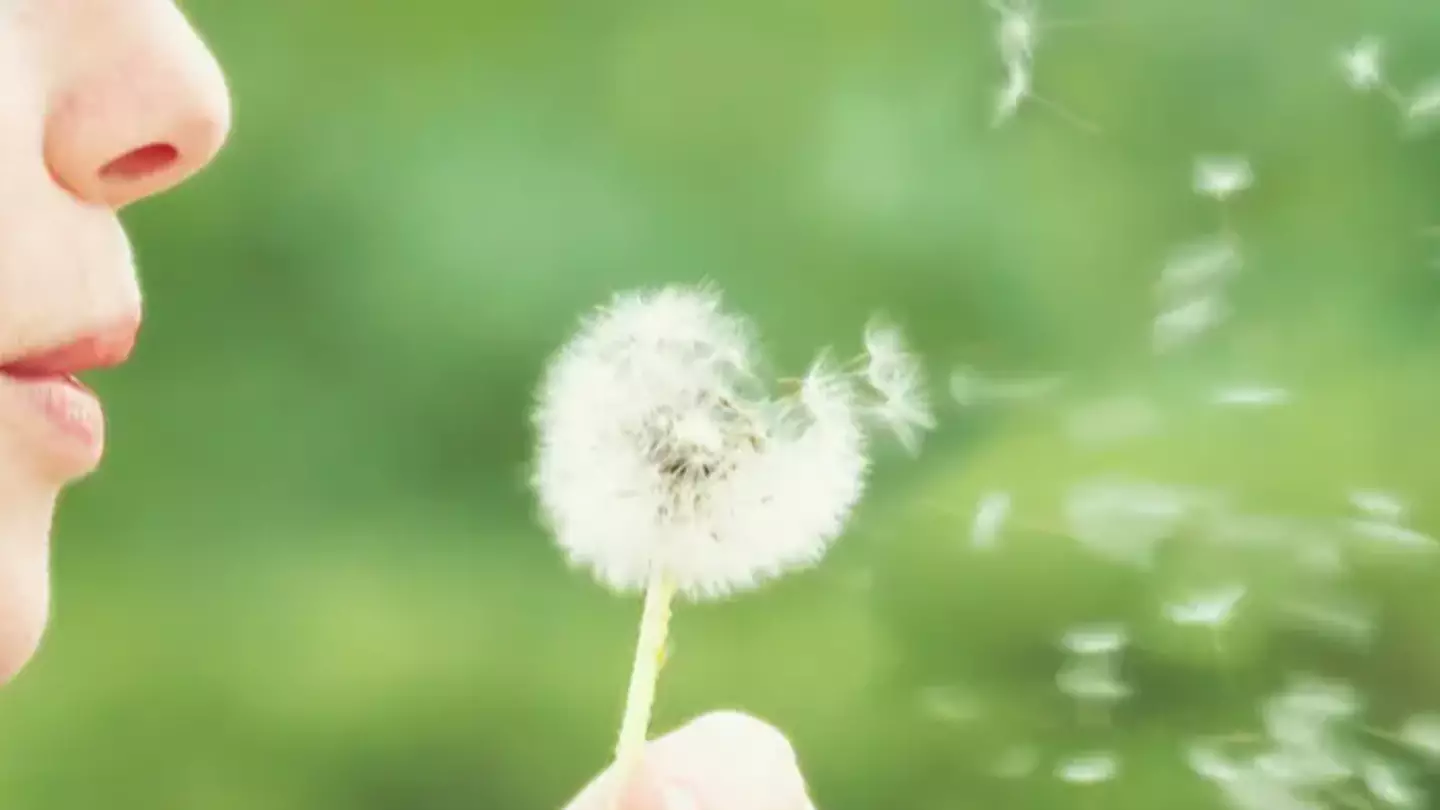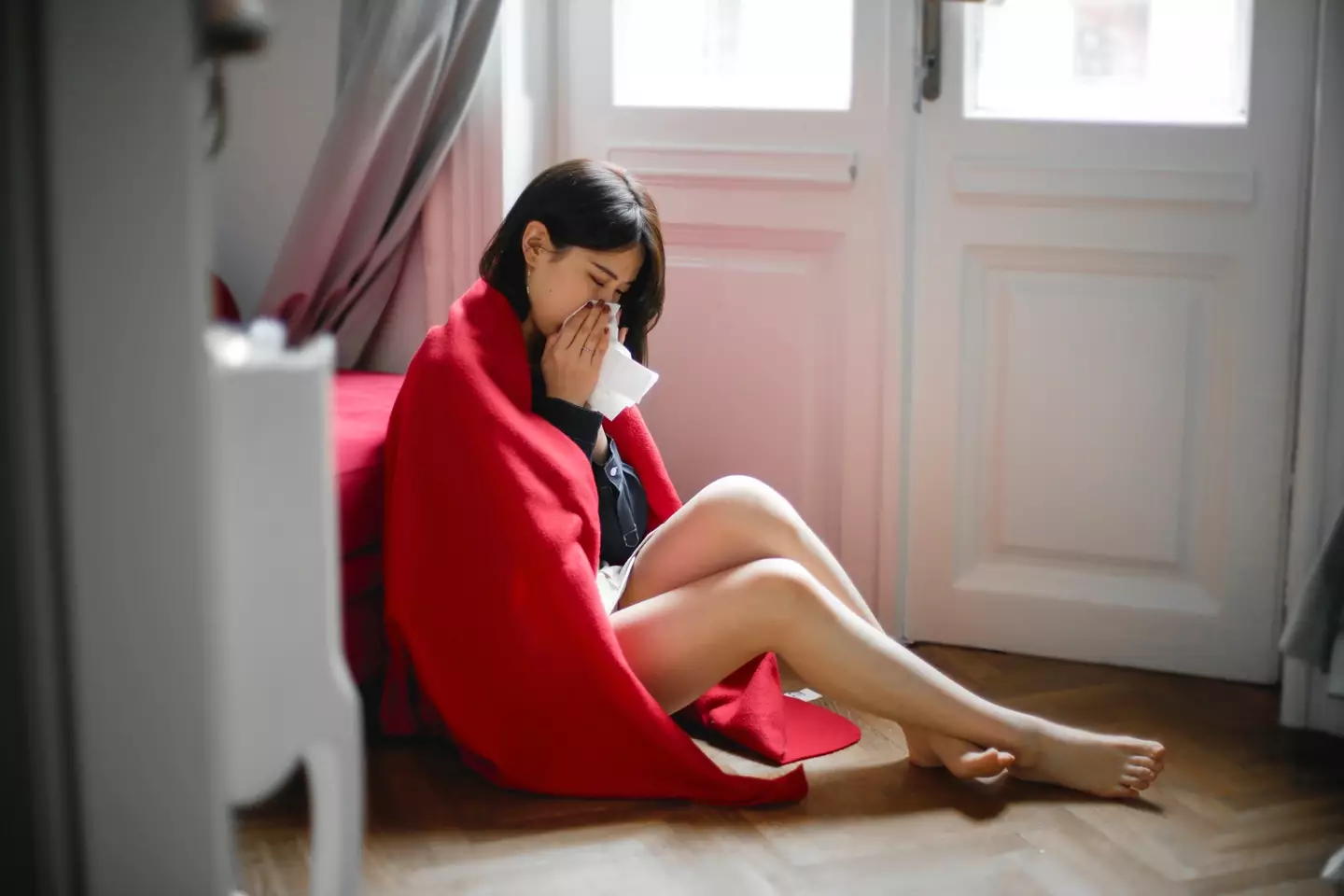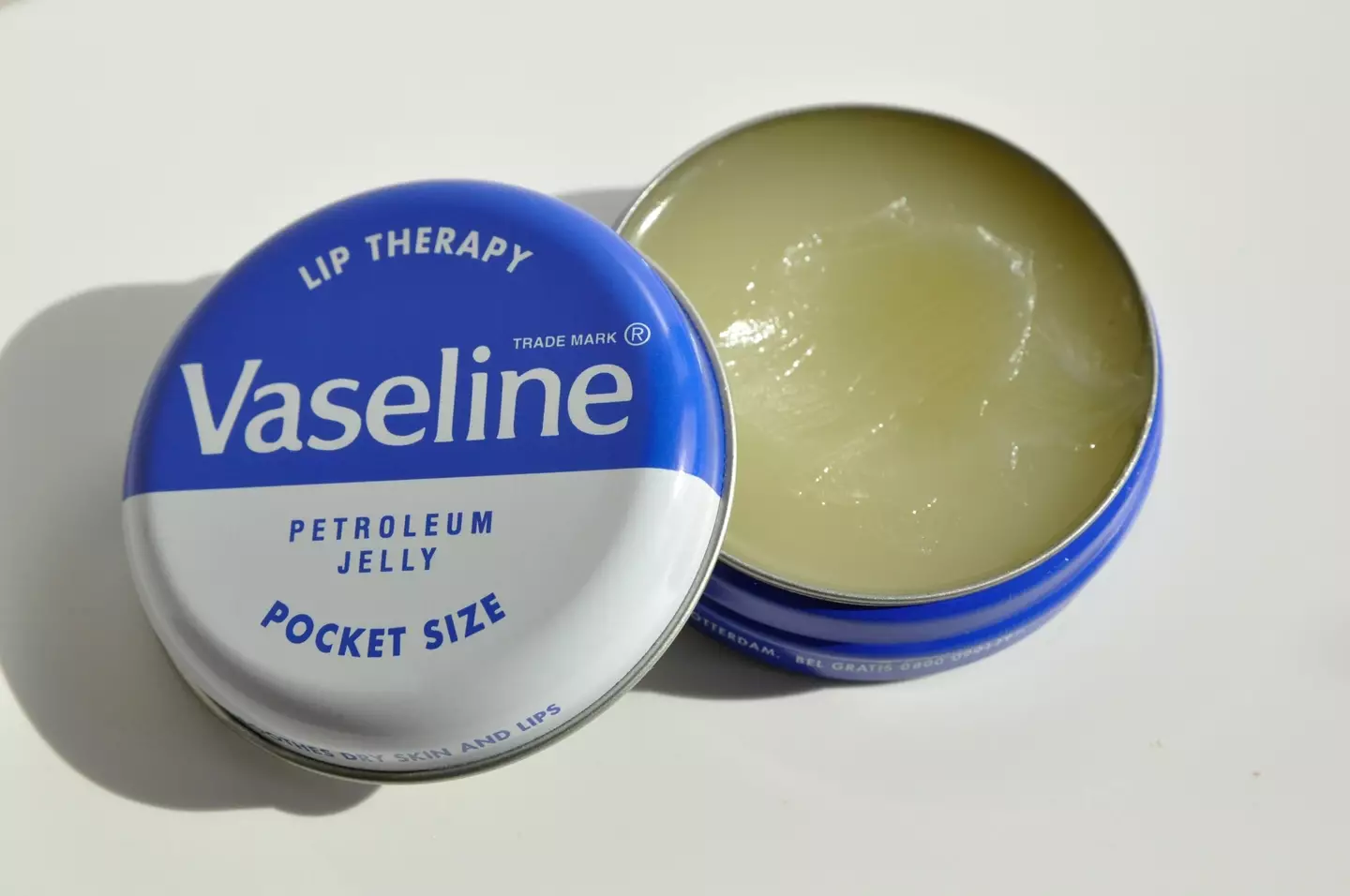
You might have thought you were free of dreaded hay fever after a difficult summer, but think again.
If you've still found yourself sneezing with watery eyes, then you might be a fellow autumn hay fever sufferer. But don't worry, Tyla spoke to Giulia Guerrini, lead pharmacist at digital pharmacy www.medino.com, about what to do when you notice your sniffles getting a bit too much.

Giulia firstly addresses the misconception that we only struggle with hay fever during the summer: “Anyone that experiences hay fever will be familiar with the relief that the end of summer brings, when the pollen count begins to reduce, marking the end of sneezing season. However, many people continue to experience the symptoms of hay fever well into the autumn and even winter – so why is that?"
Advert
Giulia explains why we still don't get a break: “Sadly, autumn hay fever does indeed exist; while it’s true that the pollen count has passed its peak by the time October rolls around, other types of pollen (like grass and nettle, for example) are still present and are circulated by the cool autumn breeze.
"Similarly to the symptoms you would experience in the summer, the autumn version of the allergy makes you sneeze and causes your eyes to become itchy and watery, which is how you can differentiate it from the common cold."

So what can we do to finally get some relief? Giulia gives some hints and tips: “In terms of prevention, ensuring that your garden (and/or driveway) is clear of any debris and fallen leaves is a good place to start, as well as changing your clothing when you return home from outside (as the pollen clings to your clothing).
Advert
"Pollen also clings to your hair and even skin, which is why it’s important to shower or bathe regularly in order to fight off the allergy. You’re likely familiar with the benefits of mask-wearing by now, but masks are also a useful weapon against autumn hay fever, as they reduce your pollen exposure when out and about.

"Another old trick is to apply Vaseline around your nostrils, creating a barrier that traps pollen. As with the summer variant of the allergy, antihistamines are a good defence against autumn hay fever and its symptoms – but if none of this is cutting through, you can chat with your pharmacist or doctor.”
Try out these tips and fingers crossed our noses get a break!
Featured Image Credit: ShutterstockTopics: Health